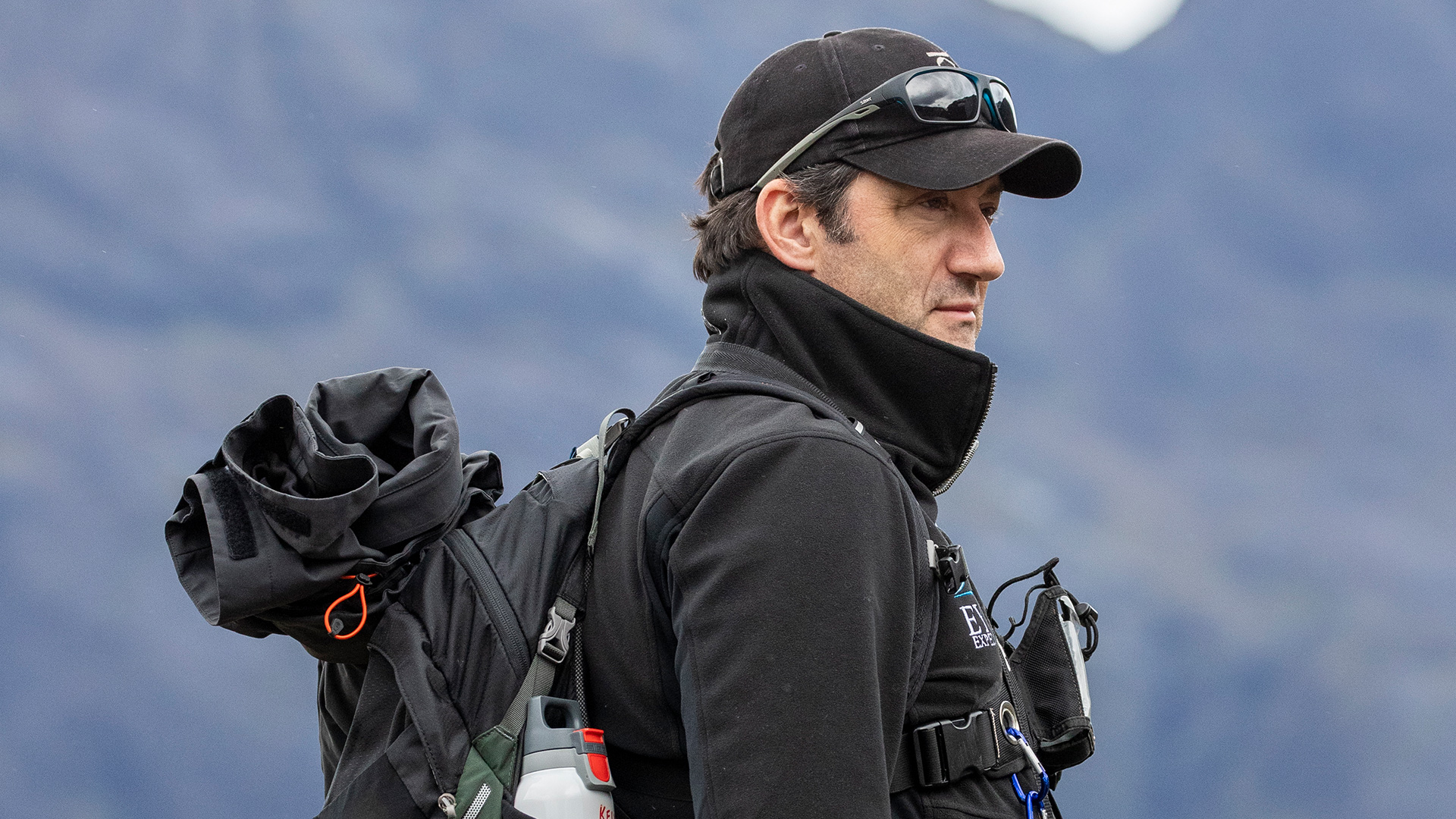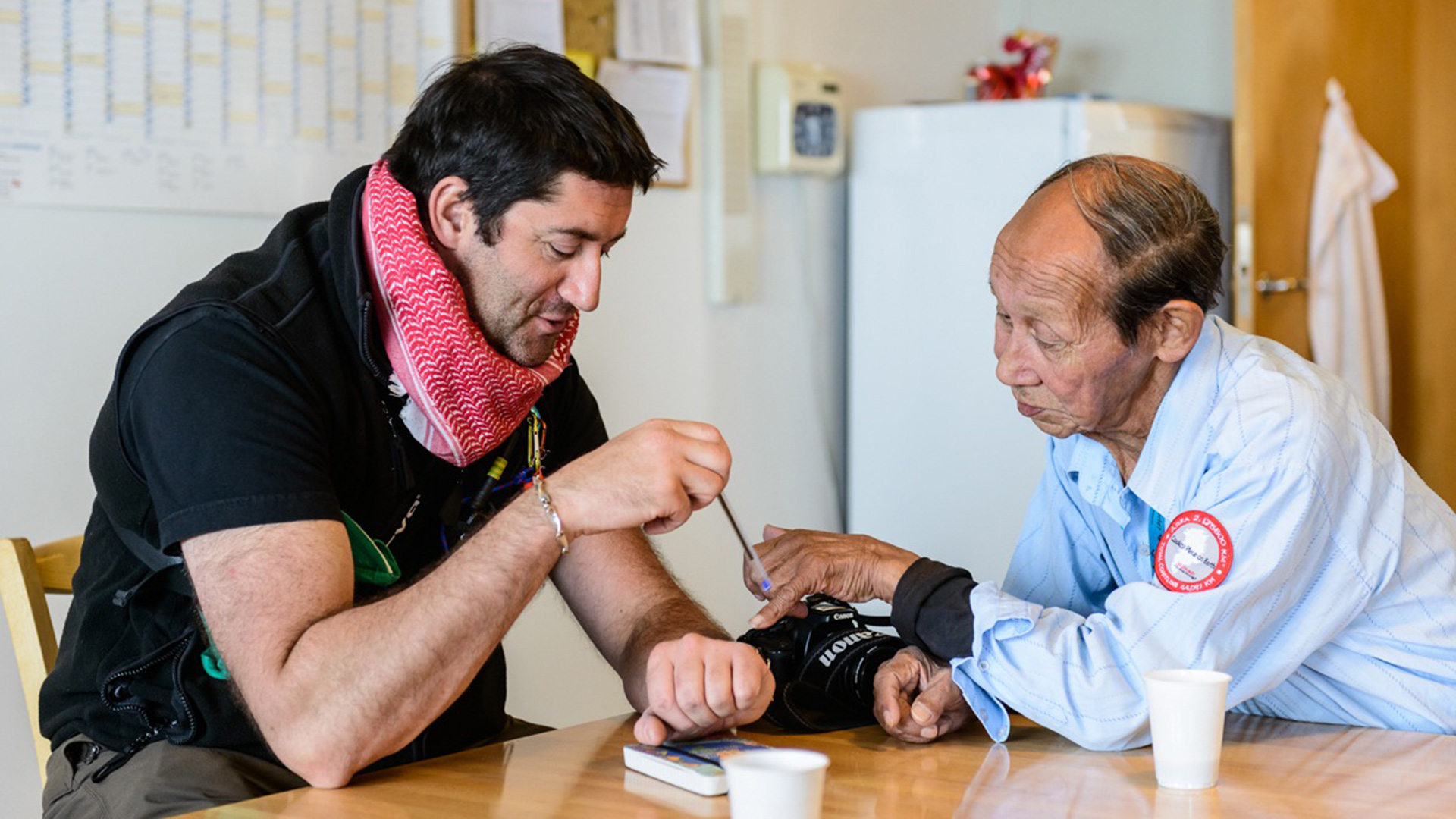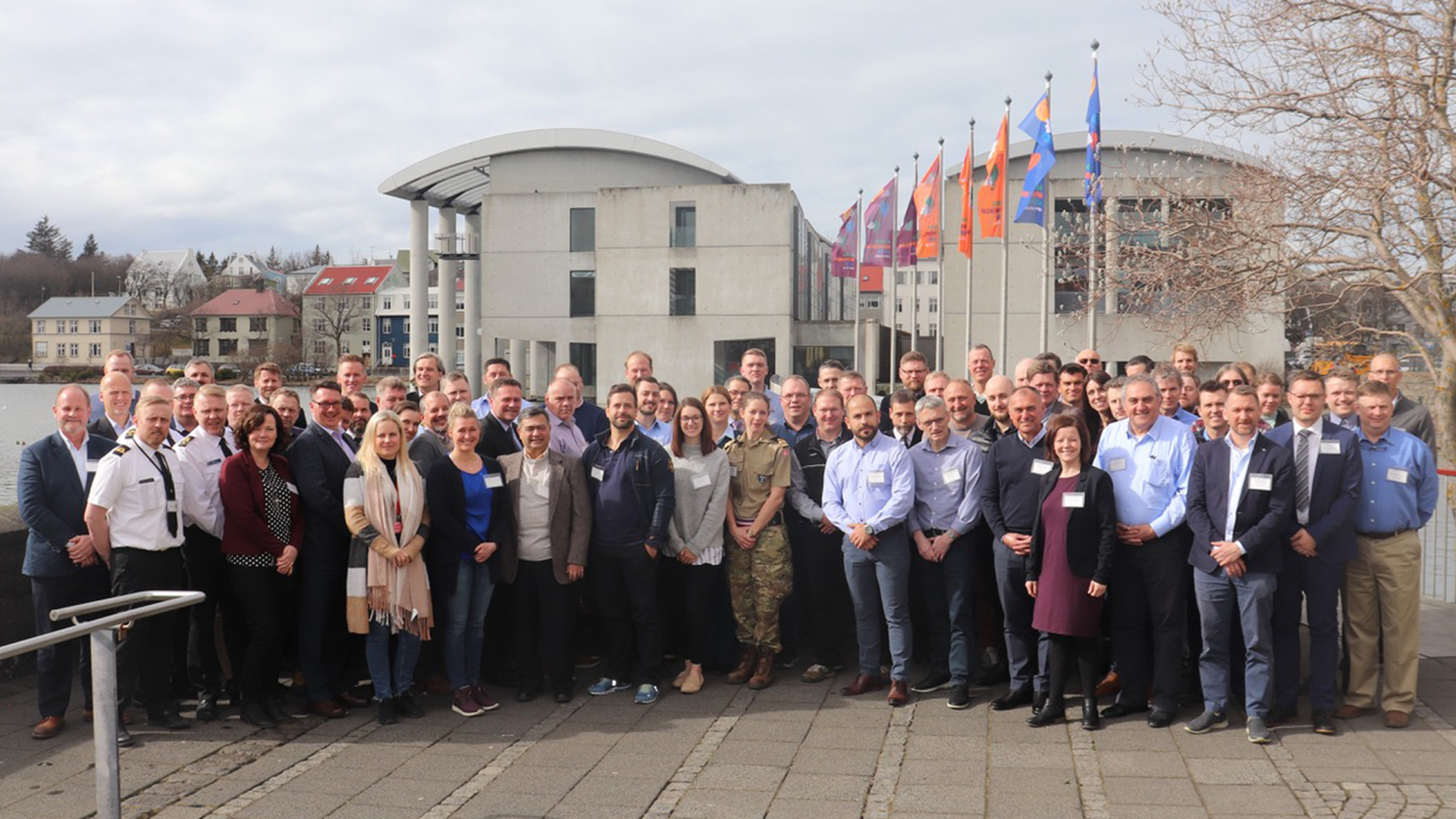EYOS’ Director of Expedition Operations & Undersea Projects, Kelvin Murray, has logged over 500 dives in the world’s polar regions. For our ongoing Staff Spotlight series, we spoke with Kelvin about his extensive diving experience in the challenging conditions of regions like Svalbard and what makes these places so special.
Can you introduce yourself and explain in a few words your journey to becoming an Expedition Leader with EYOS? How did you get your start in cold water diving?
My name is Kelvin Murray and I am Director, Expedition Operations & Undersea Projects with EYOS Expeditions. My expedition background started with scuba diving, involving trips all over the world, plus running wildlife tours at home in Scotland. I learned to dive in Scotland, began teaching scuba in Scotland and quickly progressed to commercial operations. I became Diving Officer for the British Antarctic Survey, managing the UK’s scientific diving programme in Antarctica and over-wintered. Following that I worked onboard expedition cruise vessels as diver, filmmaker, naturalist and then Expedition Leader, before becoming involved in consultancy and joining EYOS.
You’ve often logged dives at exploratory sites along the coast of Svalbard. What’s the process like of diving a site that’s never been charted before?
I usually start by looking out of the bridge windows! Generally, there are other operations taking place and for the sake of safety I should be relatively close to the mothership. I also check nautical charts for depth ranges, interesting features, certain topographies, seabed composition, evidence of water flow and so on. Using land as a point of reference is also a good start – a steep slope is likely to continue below. I will also check out water visibility, any potential hazards, signs of potentially dangerous wildlife. Having a general idea of the local ecology often gives some idea of what may be found. More often than not, there is a ‘feel’ to a site; there’s more intuition involved than you might expect.
Some of the challenges to Arctic diving seem obvious. The cold. The mercurial conditions at the surface. Are there any challenges that are less obvious that you need to account for when you’re under the surface? And how are these challenges different than those you prepare for in tropical diving?
There are different kinds of cold; I mean, 4 degree C is really cold, but getting into 0 degree water is substantially different and it really sucks it out of you. You lose dexterity in your hands pretty quickly and in prolonged situations you can become hypothermic; it creeps up on you and a diver needs to be aware of the signs. You can encounter poor visibility caused by sediment or planktonic blooms, and that can vary during a dive. Turbid waters and low light levels can be psychologically demanding as you don’t know what’s there – especially when something bumps into you! You can have thermoclines (distinct temperature layers) and haloclines (distinct salinity levels) – especially around large quantities of ice. These can affect clarity of the water and more significantly your buoyancy. Generally tropical diving is a lot more physically pleasant and you can see what’s going on around you. You’re also wearing a lot more equipment in polar regions. I’ve seen me diving with almost my own bodyweight in gear to lug around.
From above, the Arctic seems sparse and the water inhospitable. What is there to see at depth there? What ecosystems do you find and what about them motivates you to brave the cold waters? What encounters make it worth it?
Much of what we see above water level in the polar regions is quite stark; rock, snow, ice, and maybe some tundra. Easy to imagine the same occurring below the surface. However, it can be quite the opposite. With cold water you have increased levels of oxygen, increased productivity from abundant daylight and nutrients flowing in from shore or filtering down from the surface. There can be a profuse explosion of life, often diverse and abundant ranging from algae, kelp and other plant life, to filter-feeding corals, sponges and tunicates – all of this providing food and shelter for many weird and wonderful invertebrates, some of which grow to relatively enormous sizes. In deeper waters there is rarely an area that doesn’t have life flourishing. These gardens can be lush and colourful and it’s worth taking the time to slowly potter around and explore. Then of course you get the big stuff. It’s more common in the Antarctic, but encounters with various species of seals have always been a highlight.
What’s your favorite way to warm up when you’re back at the surface?
You can’t just jump into a hot shower; especially after a longer or deeper dive, as anything that excites your circulation (such as exercise or hot water) can encourage what we call a bend – inert nitrogen gas absorbed into your tissues during the dive suddenly coming out of solution and forming bubbles. It can be mild, it can be worse…I’d rather not take the chance. In addition, cold temperatures, dehydration and how hard you work underwater can be predisposing factors to decompression illness. Personally, I usually hang around in my thermal undergarments for a while and warm up naturally, and I don’t say no to a hot chocolate.
Have you seen any changes in the time you’ve been diving in the Arctic?
I’ve certainly seen changes in the amount of ice in some locations, either sea ice or glacial. I’ve also seen extraordinary plankton blooms and explosive algal growth caused by warmer waters. Sometimes you see areas that are greener onshore than they were before, and some unusual weather is also being encountered. When I was with BAS in the Antarctic, we had a half day of light rain in 18 months; recently I had 6 days of almost continual rain on the Antarctic Peninsula. The amount of rain is certainly a big surprise for me.
You’ve already broken boundaries and pushed the limits. What’s next? What expeditions are you looking forward to with EYOS?
I’ve spent so many years of my life in the polar regions I’m of course keen to get to both the North and South Poles. I’m excited about the growing use of submersibles and ROV technology. Being able to see deeper than I am able to dive is thrilling as the colonies of life are often larger, more established and certain species are only found deeper. Every excursion, whether by scuba or vehicle is true exploration and it’s a privilege to witness these places and bring their story to the surface. It is important that we document and understand these underwater worlds so we can protect and conserve them; it’s our obligation to do so.


